Fully to enjoy Opera North’s new production of Humperdinck’s Hansel and Gretel you need to take a trinocular perspective on it, but you can enjoy it a lot anyway. You could be mystified, if you don’t know the story, by the setting and action, as indeed I was some of the time despite having recently watched a straightforward account of it from Vienna on DVD, and having seen countless productions of it. So I would advise at least reading the plot. As so often with contemporary operatic productions, the synopsis in the programme book bears only a passing resemblance to what you see on the stage. If you are conscientious enough to read the articles in the programme book, you will find a stress, perfectly justified, on the violence of the fairy tale as narrated by the Grimms, though Humperdinck’s librettist, his sister Adelheid Wette, made it a lot more palatable for children, neglecting the fact that children welcome as much bloodthirstiness as possible.
Anyway, we are told about the traditional cruelty of stepmothers, even extending to cannibalism, and other pervasive ghastlinesses of family life as found in myths, legends and tales, not to mention real life. Finally, when the curtain rises, we see the messy kitchen of a house on a contemporary estate — this one surely affordable. There are lots of cardboard boxes around, a table and a big fridge, which of course turns out to be empty. Hansel and Gretel are amusing themselves with a video camera, pointlessly directed at utensils and at themselves. I must say that the performers of the Hansel and Gretel roles are as plausible as any I have seen, indeed Katie Bray as Hansel is ideal in all respects, having clearly studied how young boys move and what expressions they adopt. She has a lovely voice, too, and the opening scene for the two is ravishing musically. Fflur Wyn is almost as good as Gretel, though she seems to think that standing knock-kneed is something that girls persistently do. Their games are as plausible and endearing as the smartphone generation’s can be. But it’s unlikely that they would be singing anything as guileless as Humperdinck’s melodies and his sister’s words, which clearly belong to an age when childhood meant innocence.
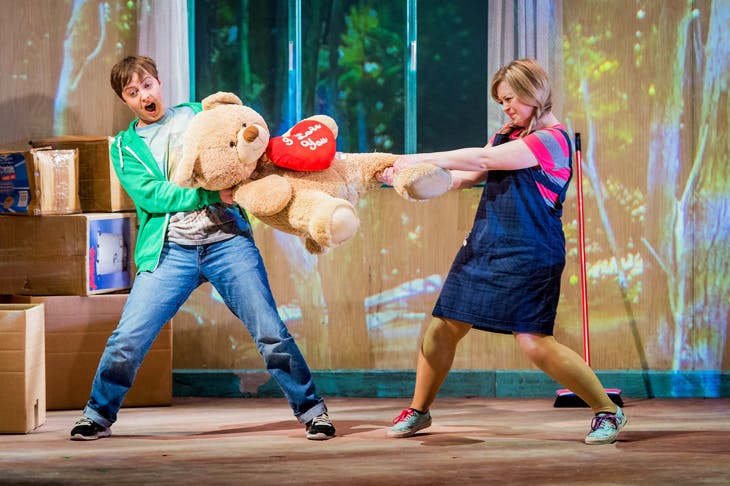
Katie Bray as Hansel and Fflur Wyn as Gretel
(Photo: Robert Workman)
Enter Mother, and the wonderful presence of the great Susan Bullock, who doubles as the Witch in Act Three. That is something that directors find exciting, but if you didn’t know there would be no way of telling that the two roles, one depressed, the other gleefully evil, were being taken by the same singer. Bullock is equally convincing in both roles, though the Witch gives her far more scope for her marvellous comic gifts. In this production Mother’s rage at the children doesn’t send them rushing out into the forest — a crucial element. Instead they creep behind the fridge and hide there, making their parents’ search for them absurd. The director, Edward Dick, has the sophisticated idea of turning the kitchen into a partly benign, partly terrifying forest, with trees projected on to the walls. The difference in atmosphere between the music of the two acts is overlooked, but then contemporary directors aren’t much interested in that. The children’s fright at being lost is presumably the result of their regrettable bingeing on fast food. Instead of a Sandman soothing them to sleep, and angels guarding them, we have a grandmother with an unsuitable voice, and a holiday film of her taking the children to a fair and a beach, sweet but hardly part of the magic of this opera.
The gingerbread house of Act Three is predictably the fridge miraculously full of tooth-rotting food, until the Witch comes along to spoil the scene. Bullock is hilarious, tarty in fur coat and cocktail dress, terrifying in the assiduity with which she prepares the various stuffings and sauces with which she will serve up the cooked Hansel. This whole scene is the best I have seen since 1998 in Cardiff, but it does necessitate having an old-fashioned oven, so that Gretel can push the Witch in. The redemption of the gingerbread children is rather skilfully done, with all the kitsch of a Christmas tree and other seasonal baubles.
The basic conception has quite lost meaning by this stage, but the glow of the superb orchestral playing under Christoph Altstaedt, and the chorus of brought-back-to-life children and the characters, leaves one feeling as I’m sure Humperdinck would have wanted, however much he might have objected to what went before.
Got something to add? Join the discussion and comment below.
Get 10 issues for just $10
Subscribe to The Spectator Australia today for the next 10 magazine issues, plus full online access, for just $10.

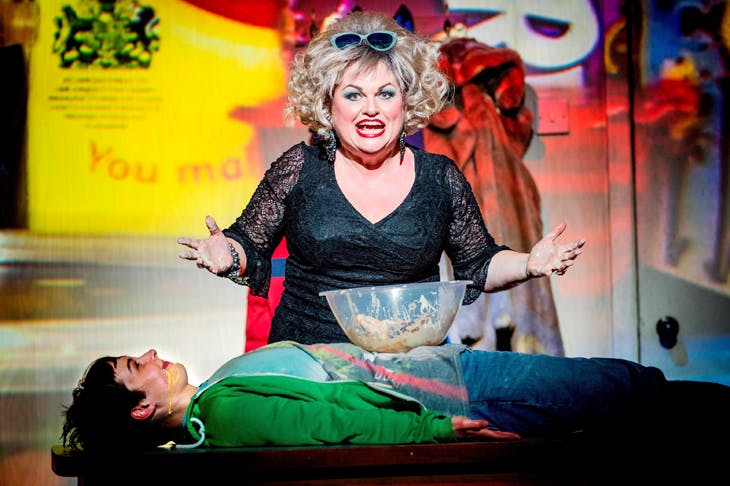
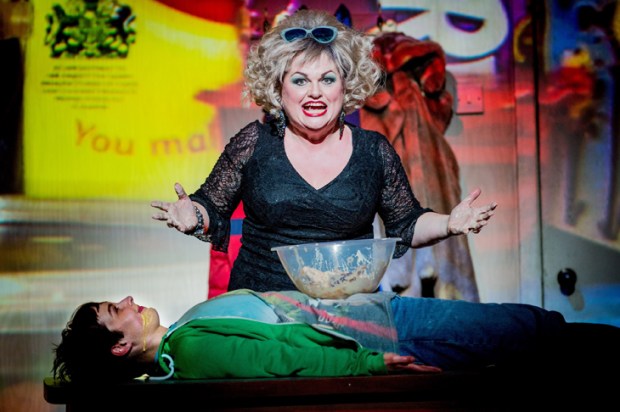
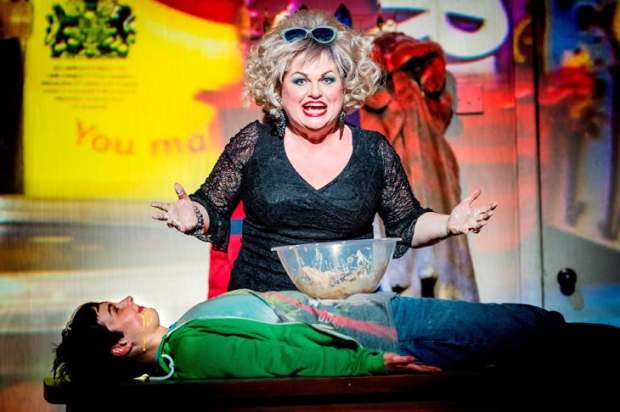
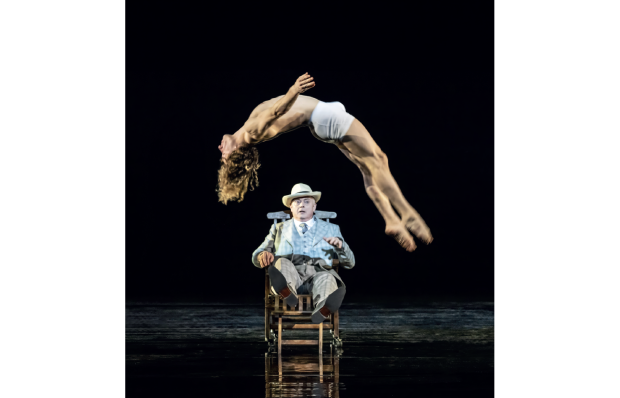
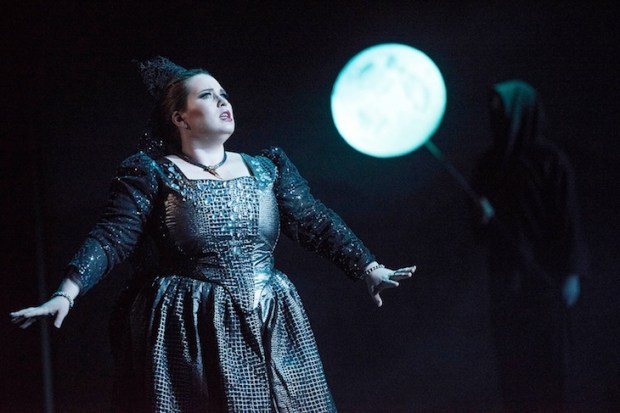

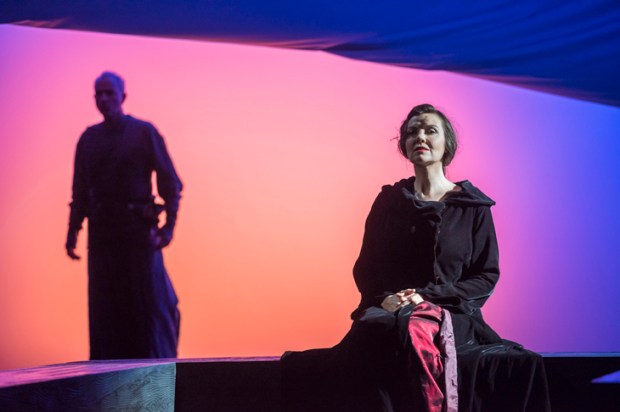






Comments
Don't miss out
Join the conversation with other Spectator Australia readers. Subscribe to leave a comment.
SUBSCRIBEAlready a subscriber? Log in